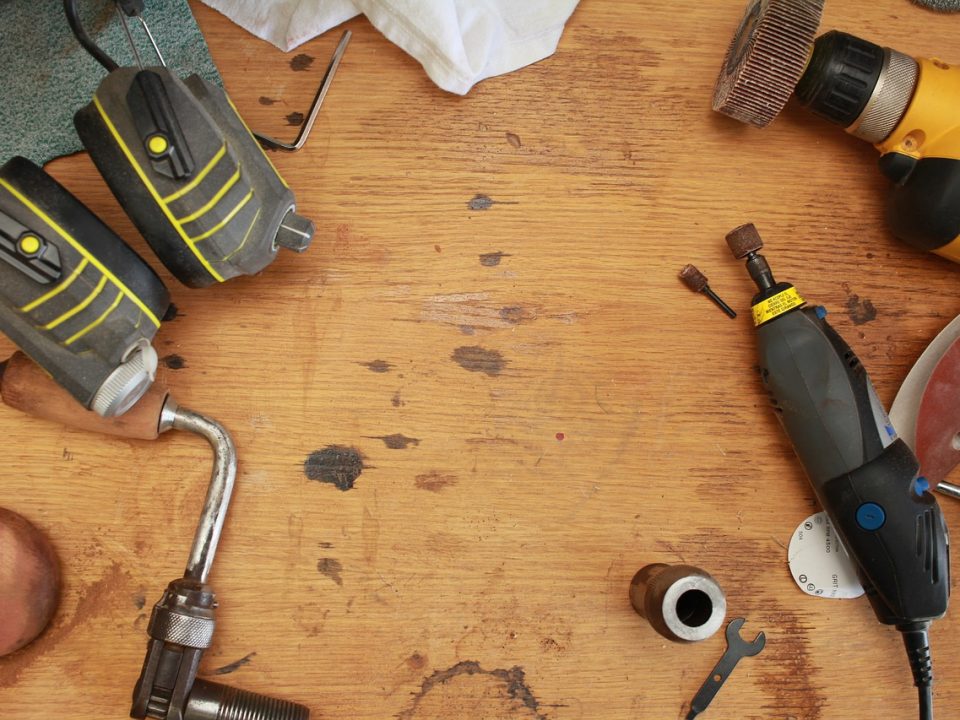More Than Average: How to Make Your Driveway Better Than Your Neighbor’s
February 17, 2017How Air Duct Cleaning Can Improve Your Indoor Air Quality
February 21, 2017The statistics are chilling: every year, home fires destroy 7 million dollars’ worth of property and end the lives of more than two thousand people. Luckily, the deaths caused by home fires are becoming fewer, but the numbers are still exceptionally high, especially when you consider the fact that these deaths are so easily preventable. We offer you a brief but useful guide to home safety which will help you prevent fire in your home, and even if there is a fire, the damage will be minimized.
Smoke detectors save lives
First and foremost: smoke detectors should be mandatory in every home. When it comes to home fires, fire alarms are the number one reason the lives of people are saved in the first place. According to National Fire Protection Association, three out of five deaths from home fires happened in homes that don’t have smoke alarms or any kind of alarm. Even if there is a smoke alarm in your home, go through a little bit of trouble and check if it’s working properly. Sometimes, something as simple as a dead battery, no battery, or some sort of malfunction can cause the alarm to fail. Regularly check up on your smoke alarms and make sure the ‘test’ button is working. Also, your smoke alarms should be replaced approximately every ten years.
Fire extinguishers at hand
Having a fire extinguisher in your home is necessary, but it is equally (or even more so) important to know how to use it at the right moment. Not every fire that can occur should be extinguished with an extinguisher. In fact, they have been made to use only on very small and contained fires like the ones in a pot on the stove or in a wastebasket. If you have a large fire, your number one priority shouldn’t be to grab an extinguisher, but to get everyone out of the house and away from the danger. At least one extinguisher should be present on every level of your home, and they should be kept in rooms where the probability of a fire is highest. This means the kitchen and the garage, but also hallways. So, if you notice a fire, don’t try being a hero: lead your family out of the house first and only then try to extinguish the fire or call the firefighters.
Escape ladders in every room
This is rather simple: if your home has more than one story or a basement with window wells, you should have fire escape ladders on hand. If you have window wells, you will get a plain metal ladder, approximately 5 feet tall, which you can plant in the ground a few inches, and use hooks to secure them on the wall. For other rooms in the house you will need “standoffs” – simple, small protrusions which should hold the ladder rungs away from the house and allow your foot to move down more easily because you will have enough space not to slip. When it comes to lengths, fire safety services recommend that you use standard length ranges for upper floors: 13-15 feet for the second, and 23-25 feet for the third. Before you make your purchase and rely on these, make sure they are marked as load tested load tested for at least 1,000 pounds.
Household fires are serious business, and before firefighters come and rescue you all, you can do a lot to protect yourself and your family. Being aware that there’s a possibility of fire is simply not enough, you should prepare and do whatever you can to protect your family and your home and lower the odds of firefighters ever having to risk their lives trying to save you.
Author bio:
Diana smith is a full time mom of two beautiful girls interested in topics related to latest DIY projects and home décor. In her free time she enjoys exercising and preparing healthy meals for her family.











